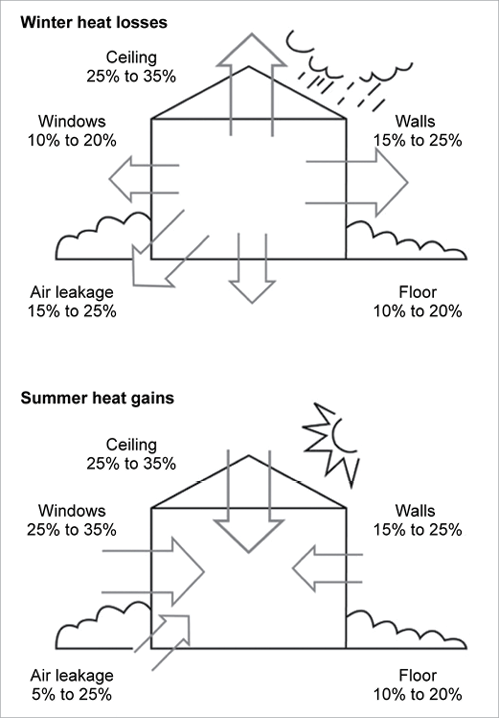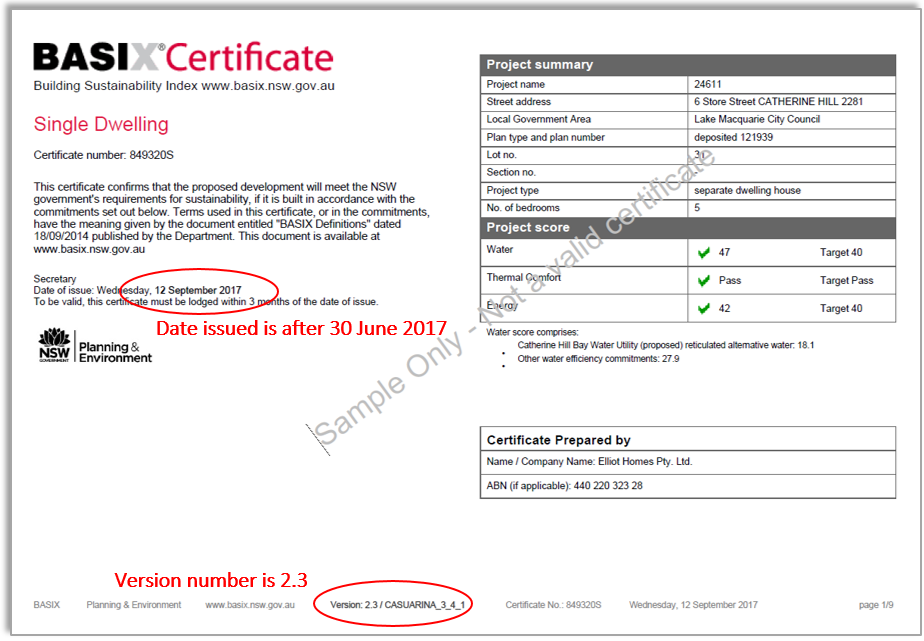Learn how to build a sustainable home with these easy steps.
An eco-friendly home helps preserve our environment and also saves you money in the long run. Otherwise known as ‘ecofriendly homes’, sustainable homes are becoming increasingly popular worldwide.
With minimal impact on our natural resources and lower energy consumption, a sustainable home is one that contributes towards the common goal of reduced carbon emissions.
Sustainable design
With medium-density dwellings and property developments on the rise, many builders, architects and designers are turning to sustainable practices to offset the effect of urbanisation.
Well before any concrete is poured and the slab is laid, the designer of your new home can come up with strategies for building an environmentally friendly house.
In some cases, your designer can use orientation and siting to balance solar access to increase winter warming while avoiding overheating in summer.
Design Manager, Mark explains, “By locating areas such as the kitchen, dining and living spaces to the northern side of the house, any north-facing windows and doors can absorb solar gains providing passive heating and better thermal mass, which is great for the winter.”
“Alternatively, in the summer, the cooling load can be reduced by placing laundries, bathrooms and garages on the south, east and west-side of the house to shelter it from excess sun and wind.”
Mark adds, “Sufficient ventilation is also important, especially during the hotter months. By designing a floor plan with windows strategically placed on both sides of the dwelling, you can get passive cooling effects via cross-ventilation.”
Additional methods also include stack ventilation, which can be achieved using double height spaces to ventilate excess solar radiation. Check out the Ashmore 23-C and Hunter 27 designs that feature this technique to passively cool your home.

In some cases, your designer can use orientation and siting to balance solar access to increase winter warming while avoiding overheating in summer
Source: yourhome.gov.au
Heating and cooling
Australian weather is known to be diverse. From tropical thunderstorms to bone dry droughts (and everything in between), our houses need to be built in a way that delivers maximum comfort in extreme conditions.
Solar panels are the most obvious way to do this. A hybrid option gives you the best of saving, storing and selling power to the grid, while offering optimum heating and cooling in the home.
To ensure better thermal comfort throughout varying seasons whilst also reducing greenhouse gas from artificial cooling/heating sources, solar panels are incredibly effective.
In Kellyville, we built a multi-dwelling low rise development consisting of 18 unique townhomes, each with solar panels installed. Also considered ‘smart homes’, these Torrens Title houses were estimated to output an average of 25 kwh/day or 9,000.00 kwh/year of solar energy, saving the homeowner $200/month or $2500/year.
Some methods can be multi-layered. Recently, we built a home in Baulkham Hills with a polished concrete floor to soak up daytime sun during winter via solar and convert it into a sustainable source of heating. Combined with Hebel wall panels and thicker insulation in the roof, ceiling and walls, the house would achieve ambient warmth when most needed after sunset.
Insulation acts as a barrier to the flow of heat, making it essential for keeping your home warm in winter and cool in summer. A well-insulated and well-designed home provides year-round temperature control, cutting cooling and heating bills by up to half.
Foil insulation throughout the floors, ceiling, roof and walls can cater for all seasons and in turn, reduces greenhouse gas emissions.
Waste not, want not
When building a new home in NSW, all dwellings require a Building Sustainability Index (BASIX) assessment and certificate, issued by the NSW Department of Planning, Industry and Environment.
With strong planning measures in place to reduce water waste and greenhouse gas emissions, BASIX compliance is mandatory for new home builders.
As Australia can be exposed to drought conditions from time to time, it goes without saying that any measures to reduce water waste are critical.
With the aim to reduce water waste by 90,000 litres per person per year, new home builders must include water efficiency measures in the house design.
Fixtures and fittings such as taps, shower heads and toilets must all meet water efficiency ratings before building approval is issued by the council.
Rainwater, stormwater or greywater must be collected as an alternative water source and stored in a water tank for toilet flushing, washing clothes, hot water systems, garden watering and filling outdoor pools.
You can also select plant species that require low water use when landscaping your garden to help save water.
By adhering to the BASIX guidelines, we can design and construct a new home that meets all the water efficiency requirements, which come part and parcel with our building process.

An example of a BASIX certificate
Reducing carbon emissions through better cooling and heating while incorporating innovating building design and appropriate construction materials are active measures towards sustainable living.
With more and more builders turning to recycled and sustainably sourced building materials such as bricks, pavers, flooring and timber, we can all play our part in minimising the impact on our precious natural resources.
Receive news, tips and current offers

